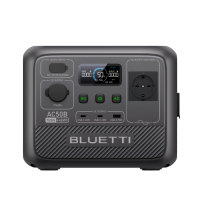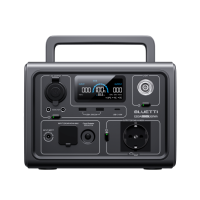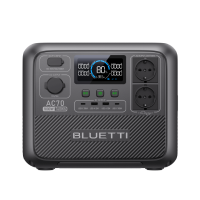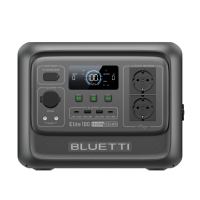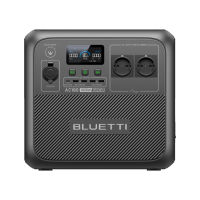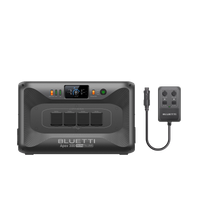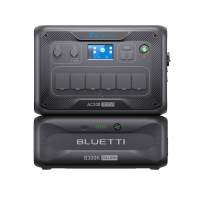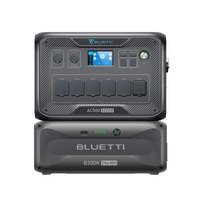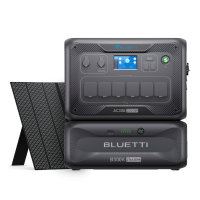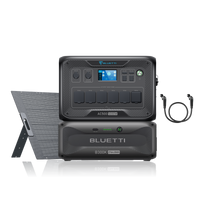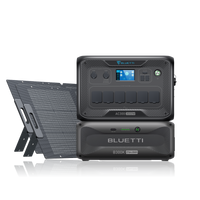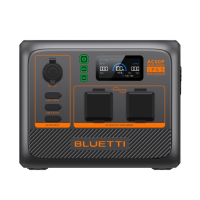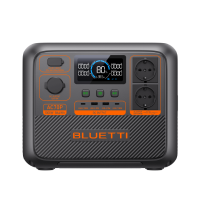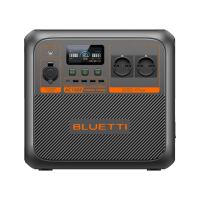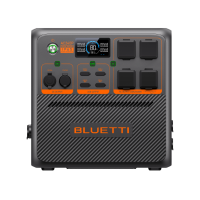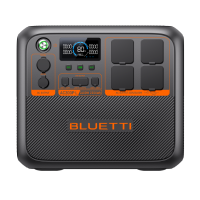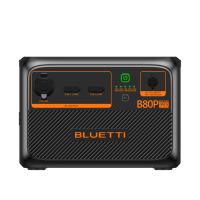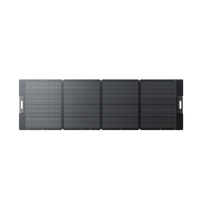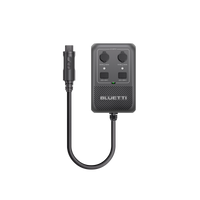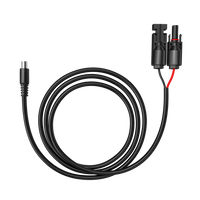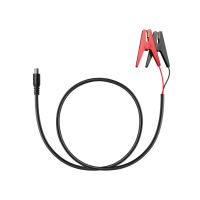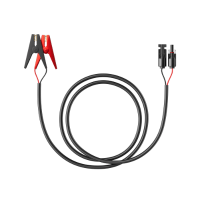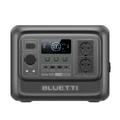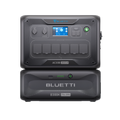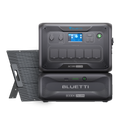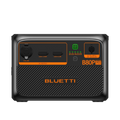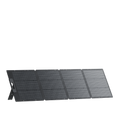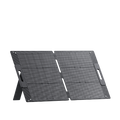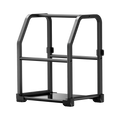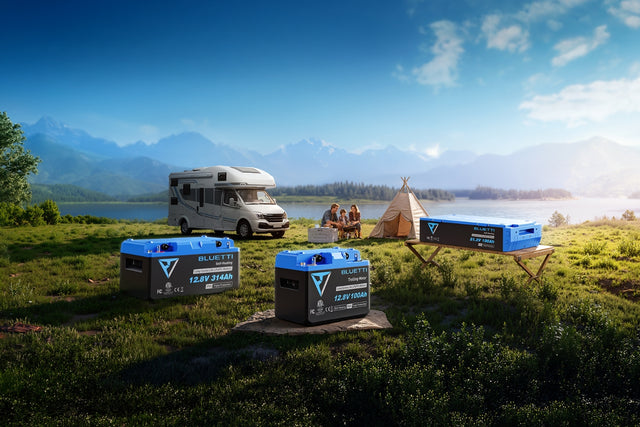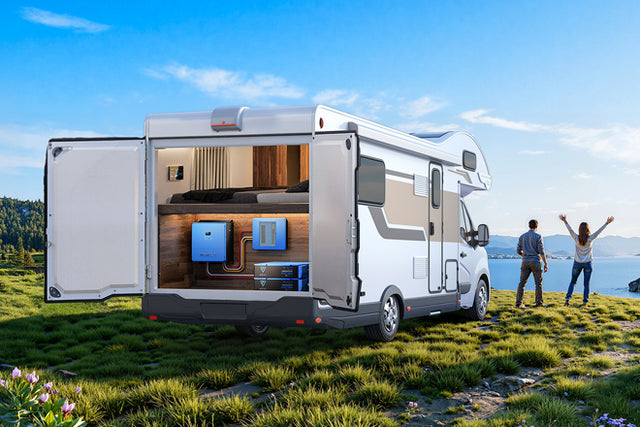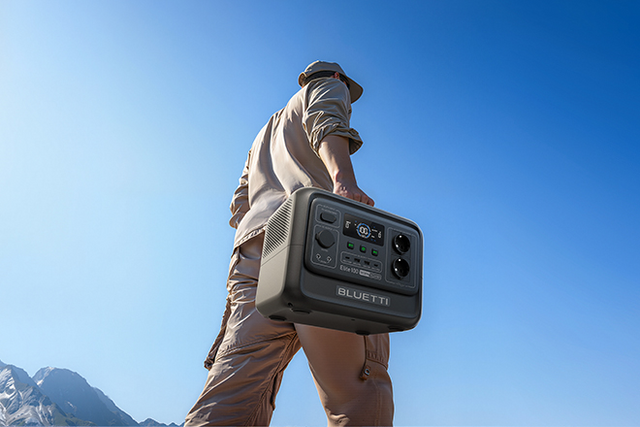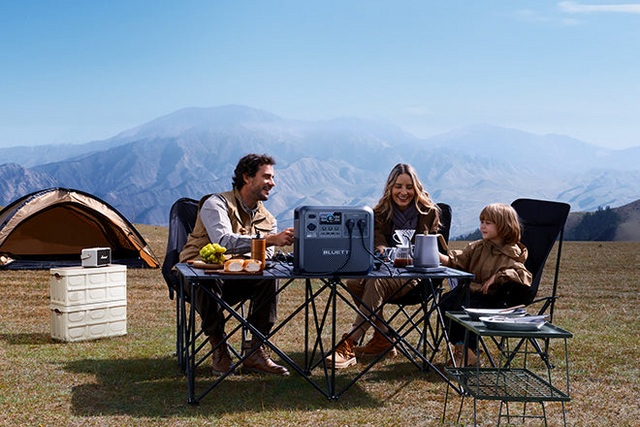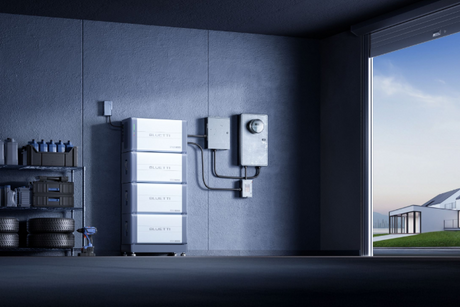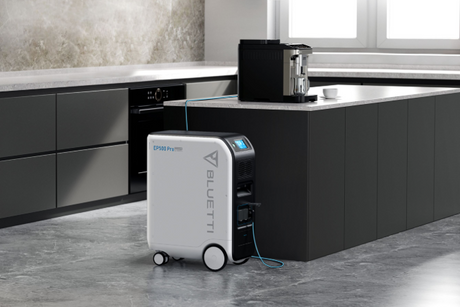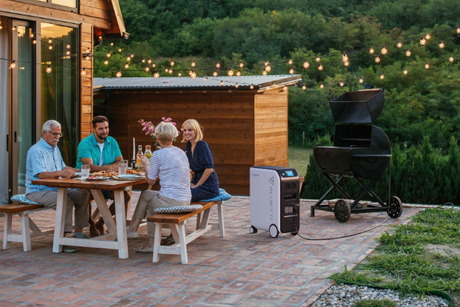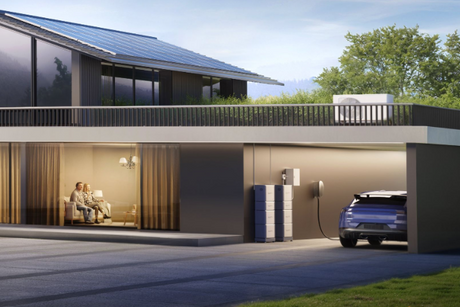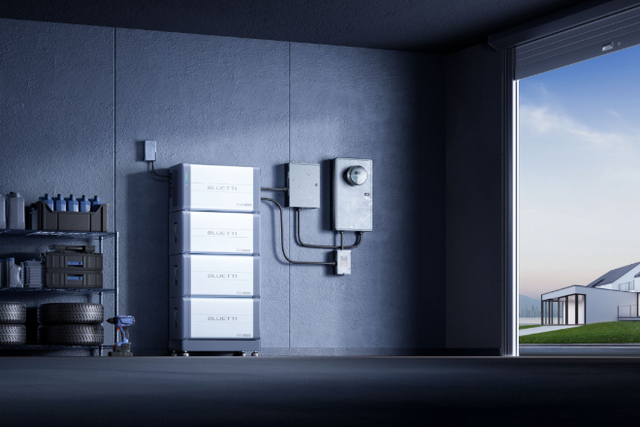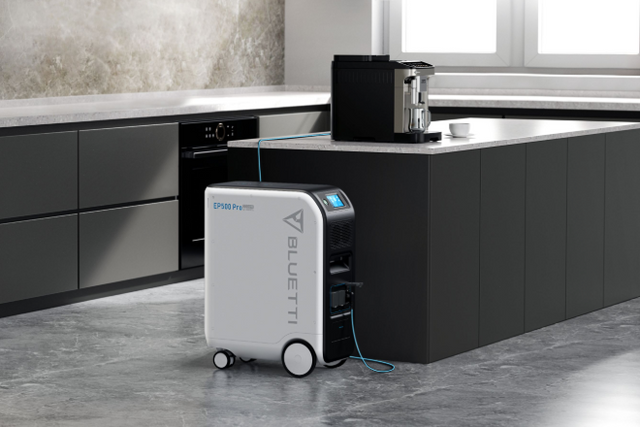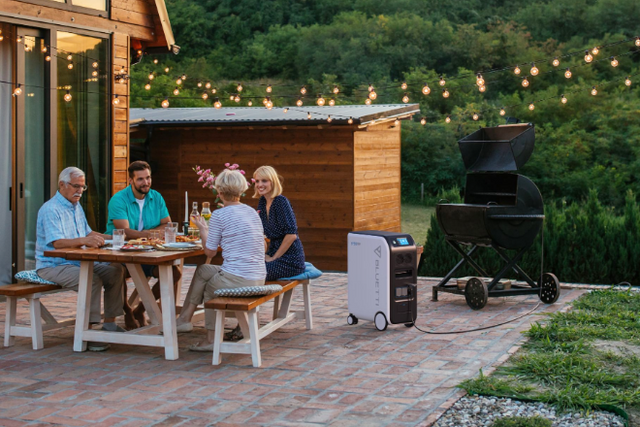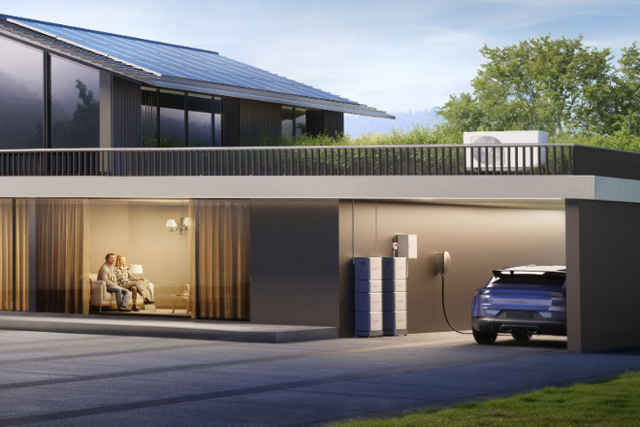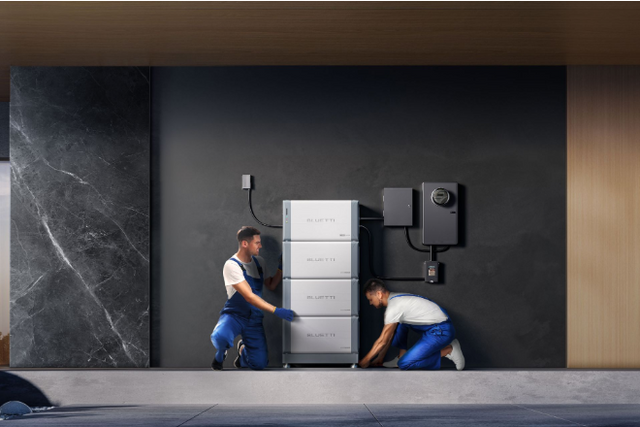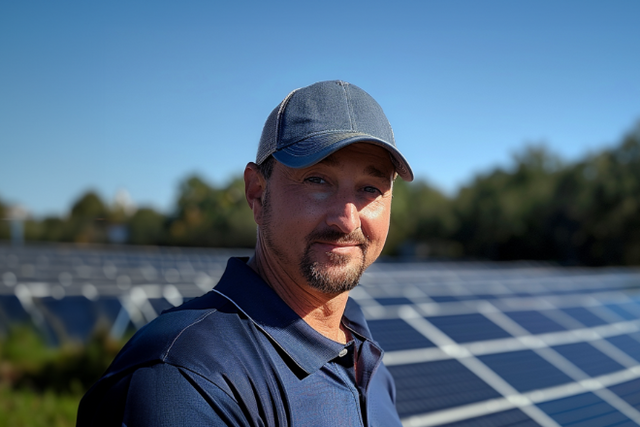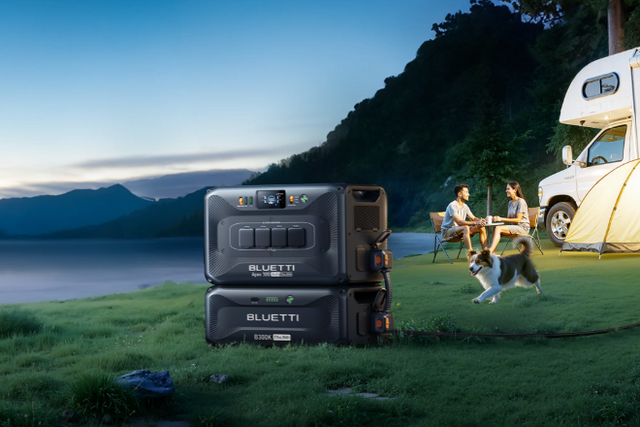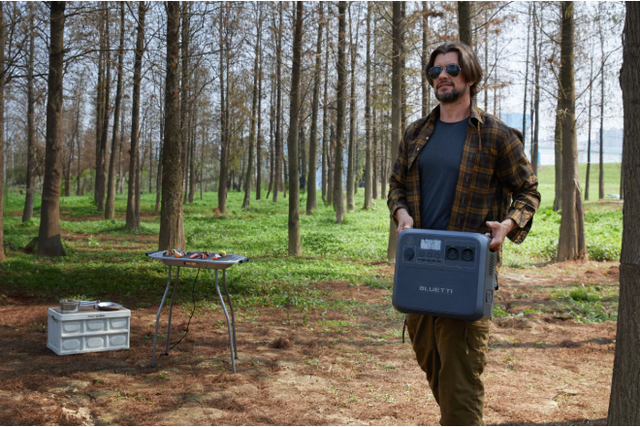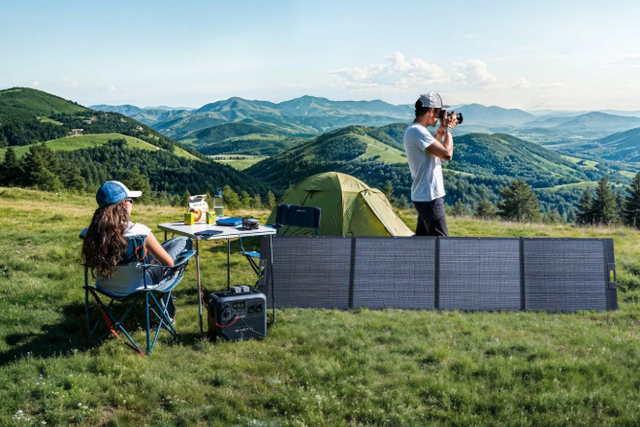We are increasingly aware of the importance of preserving our planet. And this is visible in many daily actions such as recycling, more sustainable consumption habits or domestic energy saving measures. Similarly, interest in how to build an ecological and self-sufficient house has increased significantly in the last decade. A housing model that respects the environment becomes an alternative, not only viable, but increasingly attractive when choosing a new home .
We delve into the concept of an ecological house and how to build it step by step. Because, after all, both good day-to-day sustainability habits and living in a house designed with principles of bioclimatic architecture are part of a lifestyle in itself.
BEFORE KNOWING HOW TO BUILD AN ECOLOGICAL AND SELF-SUFFICIENT HOUSE
When we talk about ecological and self-sufficient houses, we are referring to buildings whose designs are based on the principles of bioclimatic architecture. This architectural philosophy prioritizes the use of natural resources and environmental conditions to build buildings that are as respectful as possible and integrated with the environment. These are the main characteristics of ecological houses.
SUSTAINABLE MATERIALS
First of all, this type of property is built with materials of natural origin, recycled or that can be recyclable. Depending on the construction system used, different components are used, such as wood, earth, straw or reused materials, among many others.
POWER SOURCES
There are multiple clean energy alternativespia, some of which The most common are photovoltaic, solar thermal, biomass, wind and aerothermal. Likewise, energy storage systems are a very useful complement to ensure the supply of electricity at home in the event of a system failure or the absence of the necessary weather conditions (sun, wind).
ENERGY EFFICIENCY
Factors such as orientation to achieve optimum incidence of the sun, the placement of windows for correct natural ventilation or water use systems are crucial aspects for an efficient use of natural resources.
This is the case of Passive Houses, a term coined in Germany in the 1980s to define a type of construction where the houses are conscientiously designed to achieve minimum energy consumption –or zero if possible– making the most of the heat of the sun to meet heating needs.
DESIGN
The world of architectural design is very broad and, in addition to the degree of sophistication that one wants to achieve, the creative component is always present . In this sector of ecological housing, the range of style possibilities is quite wide. From houses built from straw or earth, with the "superadobe" technique, to futuristic prefabricated modules built with high-quality recycled materials.
Regardless of the style, there are a number of points to take into account when facing a project of these characteristics. From Bluetti, we give you the keys and our recommendations to build an ecological and sustainable house.
STEPS TO BUILD AN ECOLOGICAL AND SUSTAINABLE HOUSE
1. THE LOCATION

When we talk about the place to build a house of this type, a rural or isolated environment usually comes to mind. But, in the same way, an ecological house can perfectly be in a city. In any case, the exhaustive study of the area of action is crucial for the housing project. It is about knowing well the climate of the place and the nearby natural resources that can be used to align the project idea with the location and its possibilities.
2. THE LAND
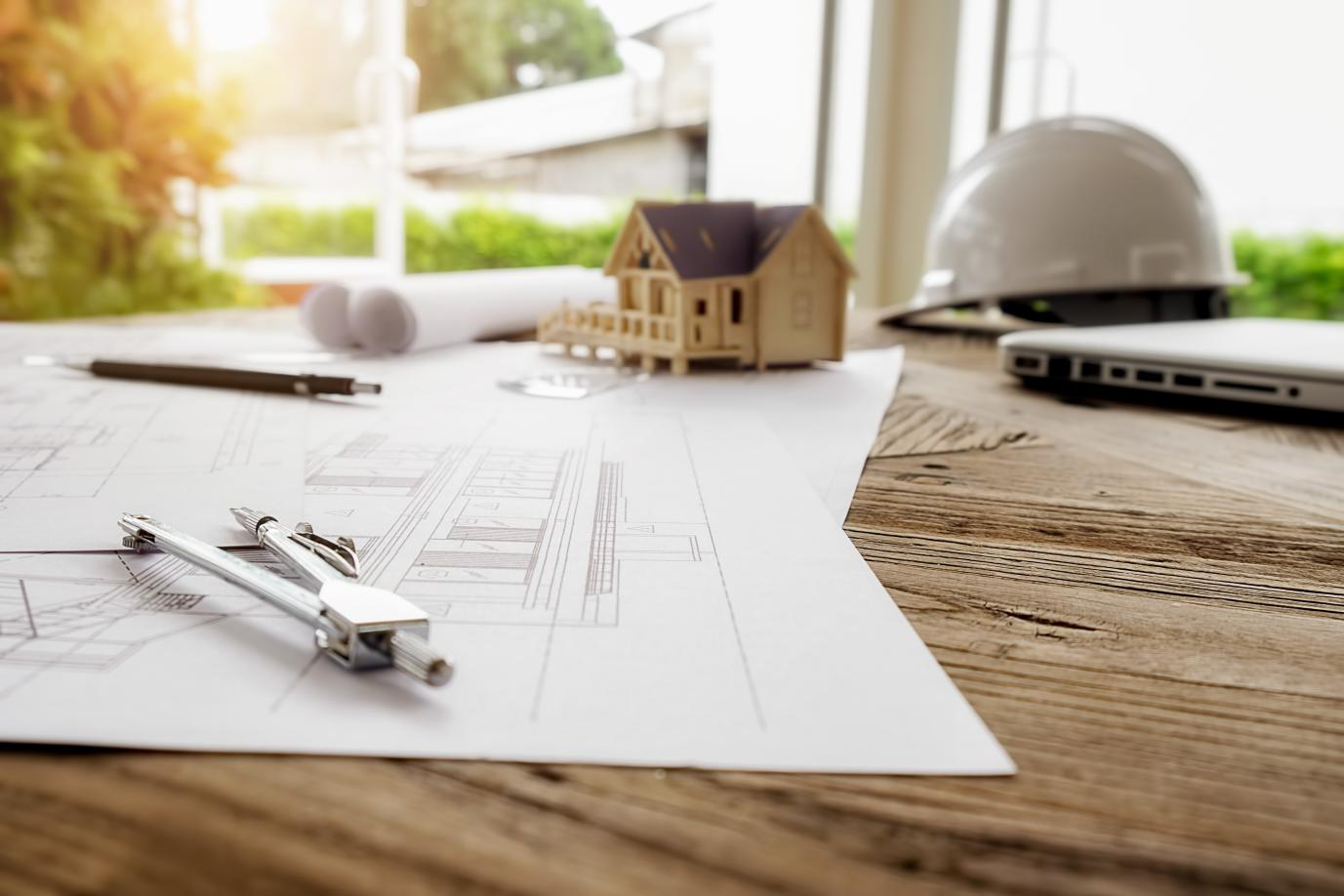
The dimensions and typology of the plot are another of the key points to project the house. In many cases, the cost of the land is almost half of the total budget of the house although obviously, this will depend on the location of the lot Apart from the market price, it is important to know the physical characteristics of the soil, since depending on its quality and bearing capacity, the foundation item can become more or less expensive.
3. THE PROJECT
Today there are many constructive solutions to design ecological houses. But starting from the principles of bioclimatic architecture, the housing project will be defined based on the set of factors that are determined, to a large extent, by the location. That is, the house will have to adapt, as far as possible, to the possibilities that the environment offers. In the project phase, aspects such as the study of the orientation of the house depending on the climate of the place, the choice of suitable materials to achieve the necessary insulation, the strategic distribution of windows to provide lighting and natural ventilation or the design of energy and water supply systems.
4. MATERIALS

Following the philosophy of this type of project, the first assessment that must be made when choosing materials is to look at what the environment can offer. There are ecological construction techniques that use materials such as straw, earth or even baked clay. Many times this raw material is obtained from the same environment or from the excavation that is done for the foundation of the house.
Sustainable building materials are continually evolving and there are multiple innovative options. For example, for the exterior walls of ecological houses, a type of wood is often used that is known in the market as technological wood, which is made from recycled wood fibers, recycled paper and resin. There is also a wide variety of ecological or natural paints to give it color and protect both interior and exterior walls.
Today we can find the “green version” of most of the common materials needed to build a house.
5. POWER SOURCES
The location and climate of the self-sufficient ecological house is decisive in assessing what type of renewable energy source is viable. The objective is to produce energy from a clean and inexhaustible source, such as wind, sun or organic waste.
The main sources of renewable energy used for the home are the following: photovoltaic energy, solar thermal energy, biomass, wind energy and aerothermal energy. Depending on the needs of the house and the feasibility of one type of source or another, one or different renewable systems can be used to supply electricity.
As part of the clean energy supply system for the home or as an alternative in some cases, energy storage systems are used. These are small modules designed to guarantee the electricity supply in the home. The operation is simple. The internal batteries are charged with clean energy, either through the sources of the house or with own solar panels to charge the power station. This model is one of the options we offer at Bluetti.
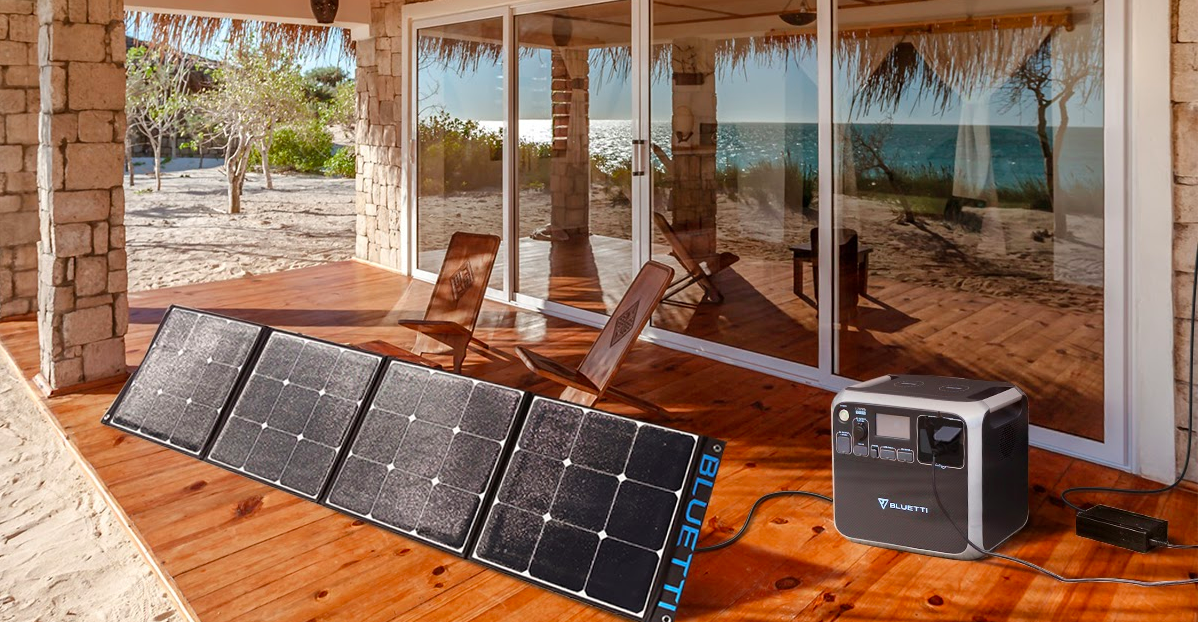
Being able to have 100% green energy sources for your self-sufficient ecological house is nowadays a reality. It may involve a slightly higher financial investment than a conventional installation, but the initial cost is easily amortized in the medium term.
PREFABRICATED OR CONVENTIONAL ECOLOGICAL HOUSE?
Prefabricated houses, whether conventional or ecological, are a very efficient construction solution, since costs and execution time are reduced significantly.
The philosophy of this system is that all the elements that make up the house are executed and assembled as far as possible in the factory. Then it is transported to the site and the house is assembled in a very short period of time. Some manufactured homes are brought to the location in near-complete condition and simply need to be secured and any necessary utility connections made.
On the other hand, the traditional way of building directly on the site, depending on the possibilities, allows us to take advantage of the resources available in the environment and design a house in harmony with the environment that surrounds it. Also, in most cases, on-site construction is more economical.
Both options are valid as far as sustainability is concerned, but depending on the type of land, the degree of sophistication desired or the budget, it is more convenient one type of construction or another.
SUSTAINABLE HABITS IN ACCORDANCE WITH THE PHILOSOPHY OF THE HOUSE
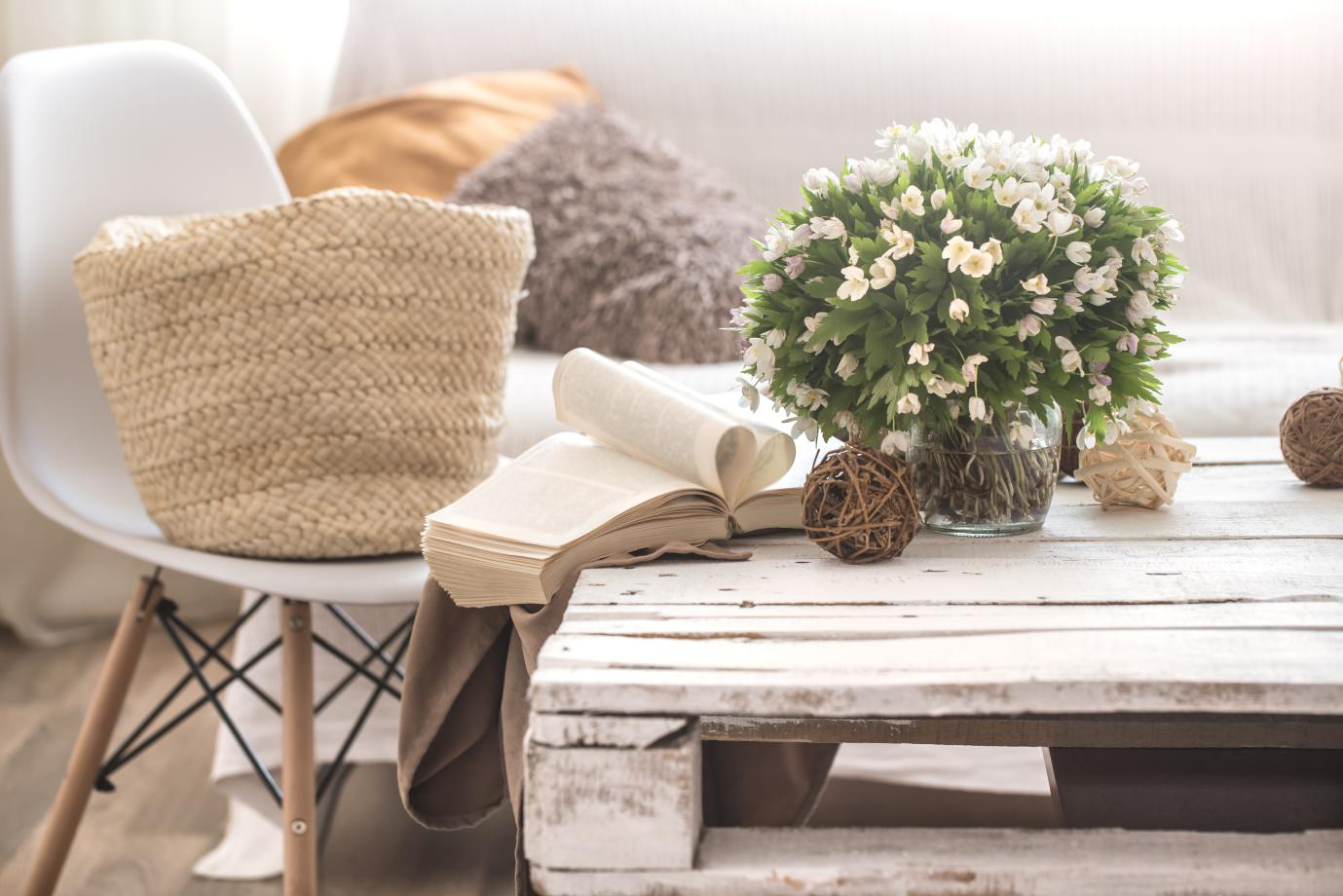
Many people today share a lifestyle that advocates respect, protection and care for the environment. That mentality manifests itself in many different ways, and it is becoming more and more entrenched. With the visibility and constant evolution of sustainable housing alternatives, a path is opened for society and our ecosystem. Many of us who share a philosophy of life have ever considered how to build an ecological and self-sufficient house to live in peace and harmony with the environment. Now is the time to take the first steps.
Shop products from this article
You May Also Like

Horas más baratas de la luz hoy — guía práctica para ahorrar en tu factura

Apagón eléctrico 2025: causas, riesgos y cómo preparar tu hogar con Bluetti Apex 300

¿Habrá un apagón mundial en 2025?
¿Habrá un apagón mundial en 2025? Analizamos las causas, riesgos y cómo prepararse ante una posible crisis energética global. ¡Descubre las claves aquí!



